First the pronghorn. Heavy winter snow, coupled with a
lethal bacteria hit the Sublette pronghorn herd hard last winter. In 2022,
population estimates placed the herd at 43,000 animals; in the summer of 2023,
there were about 24,000 left. Of the animals with radio collars for research
purposes, 75 percent perished.
Outbreaks of Mycoplasma bovis, shortened
to M.bovis, are rare among Wyoming wildlife. The respiratory
infection can be spread from cattle to pronghorns. Although the bacteria isn’t
a reportable disease for livestock, assistant state veterinarian Dr. Rose
Digianantonio said she’s seen a number of cases. There’s no vaccine for the infection, which does
massive damage to the lungs.
Only 79 pronghorn, compared to the usual 700 or so, made it
to the outskirts of Jackson Hole, into Grand Teton National Park and the Gros Ventre Mountain range.
Now for the elk. While Chronic Wasting Disease, or CWD, has
spread westward across Wyoming for the last several decades and was
recently confirmed in a Yellowstone mule deer, there’s no evidence that pronghorns
contract the disease. CWD affects cervids, which, as the only species in the
Antilocapridae family, pronghorns are not.
There’s also no cure for chronic wasting disease that targets the central nervous systems of deer, elk and moose. The arrival of CWD at feed grounds represents a critical juncture for wildlife management in Wyoming. The concept of artificial feed grounds, created over a century ago to prevent elk starvation as their habitat was developed, now concentrates high elk densities during winter months in the same areas year-after-year, likely accelerating disease transmission.
Unlike brucellosis, which is also present in elk on feed
grounds, CWD is always fatal. On average elk live 1.5-2.5 years after infection
before succumbing, and infected animals can spread the disease before showing
any symptoms.
The disease’s reach is already extensive. Justin Binfet,
deputy chief of wildlife for Wyoming Game and Fish, told Mountain
Journal CWD has been detected in 22 of 34 defined elk herds statewide,
and in 35 of 37 mule deer herds.
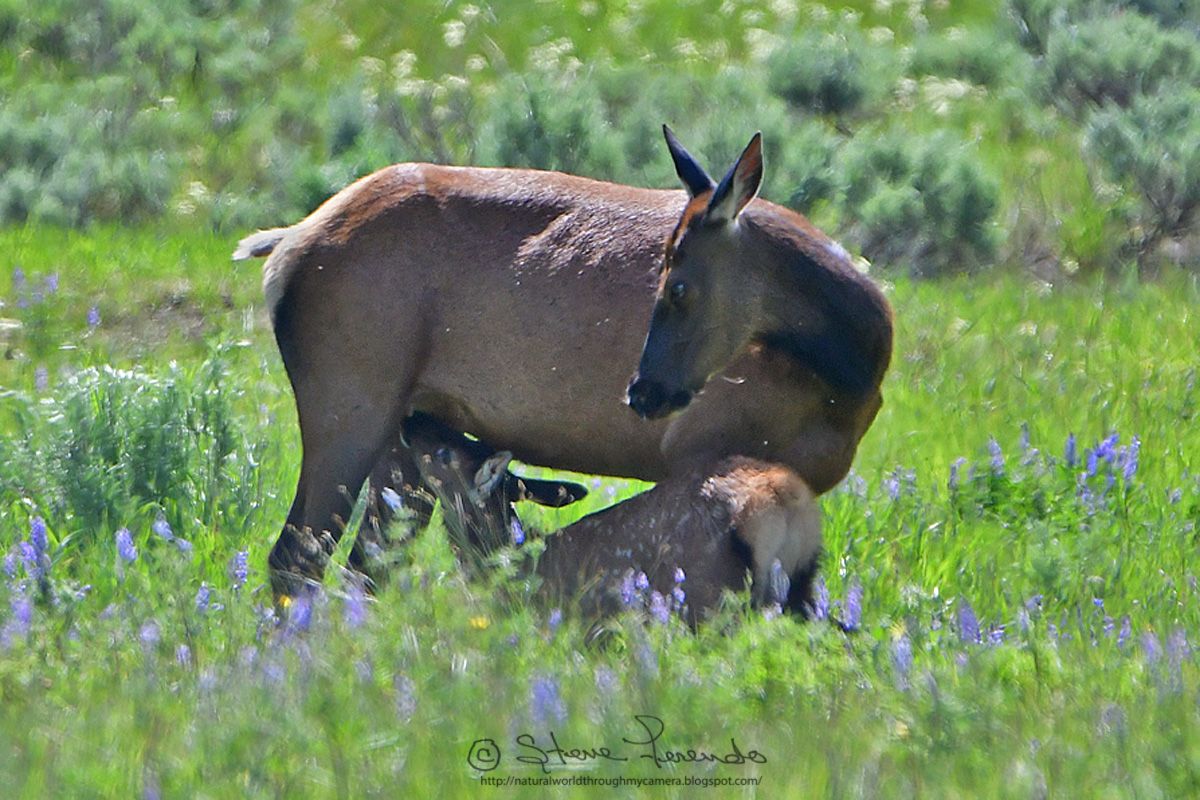
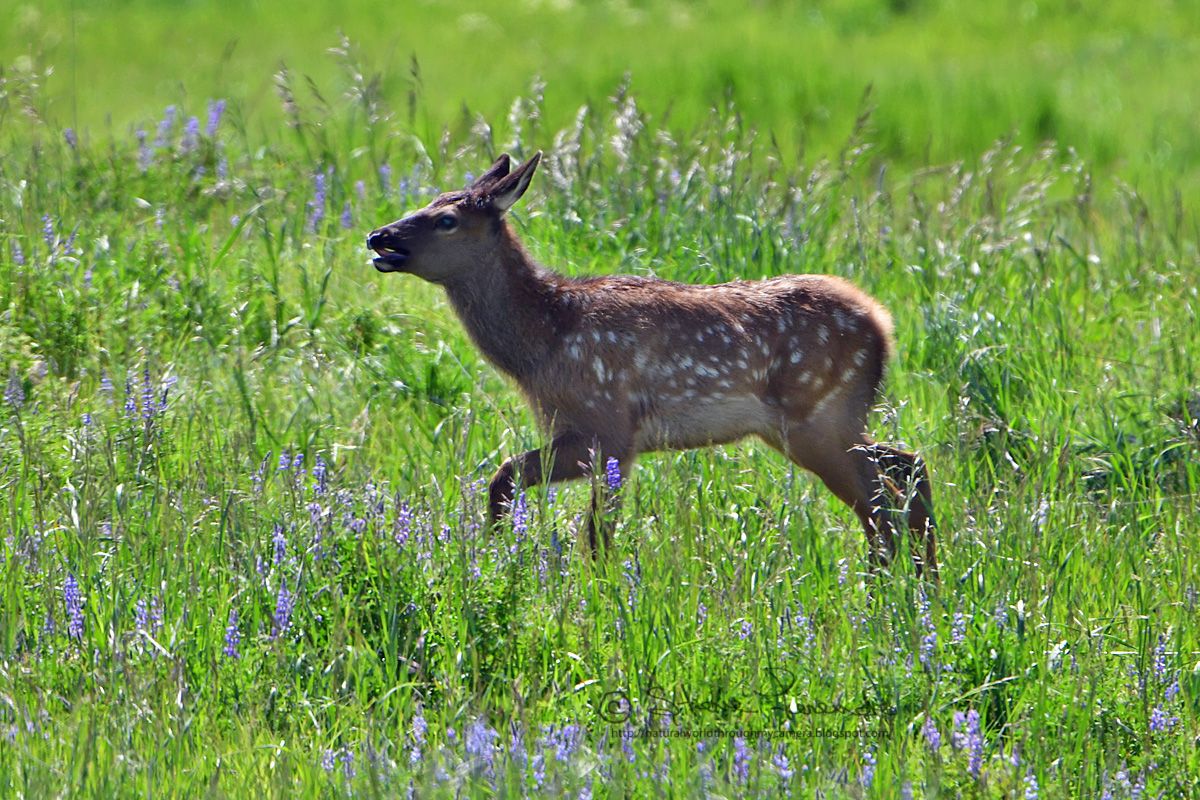
“CWD in and of itself remains one of the biggest concerns we have with managing wildlife populations, particularly deer, into the future,” Binfet said. “There are places throughout the state where prevalence in mule deer has gotten to the point where there are population impacts. We consider it to be an added source of mortality.
Elk on feed grounds behave differently than elk in the wild
because they’re densely gathering over longer periods of time and over
consecutive years. Naturally, elk move around more than they might on feed grounds, and multiple animals testing positive in one area is an indicator
that transmission has been taking place for more than a year.
While the disease poses no known risk to livestock or humans, its potential impact on Wyoming’s elk populations could be devastating.





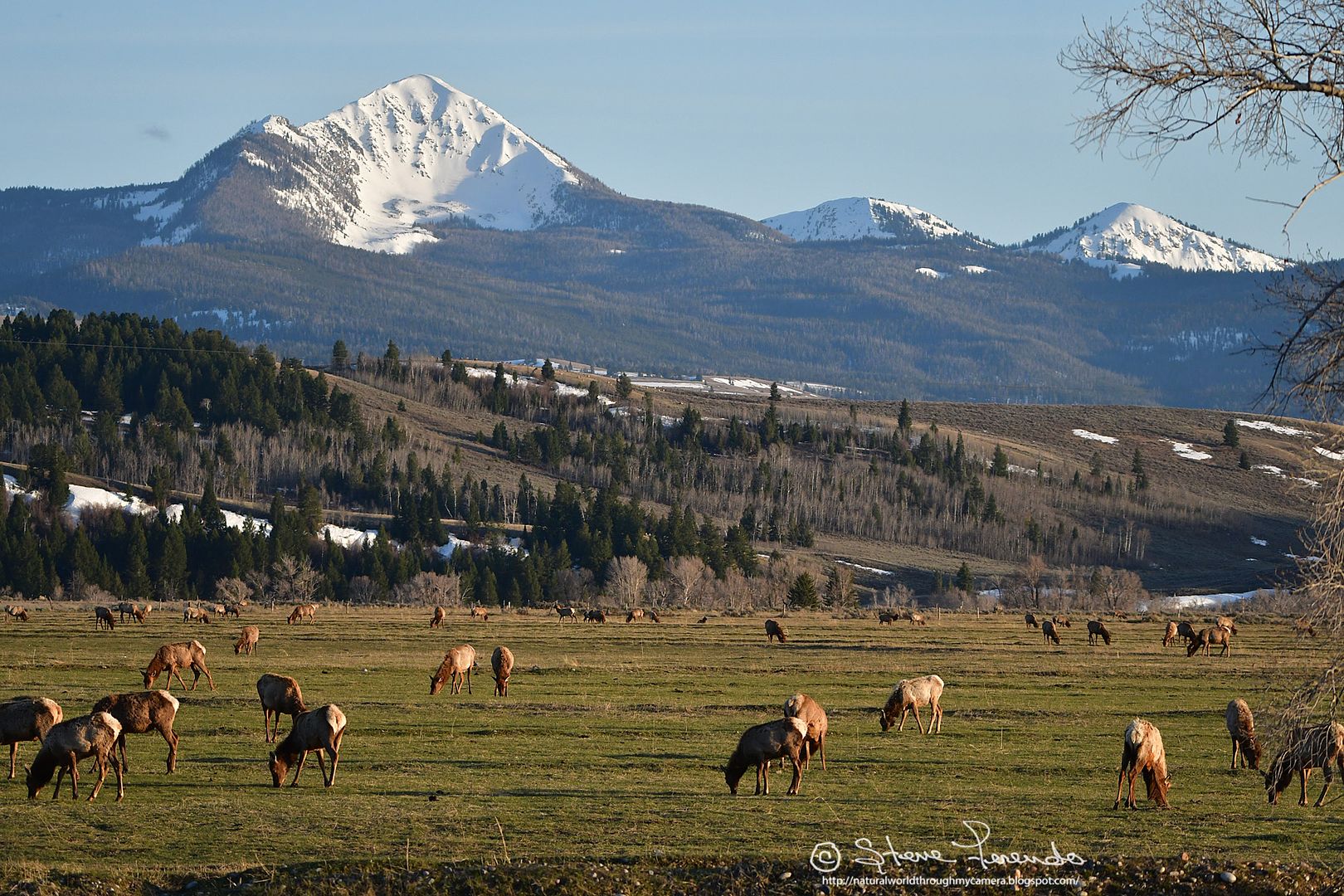
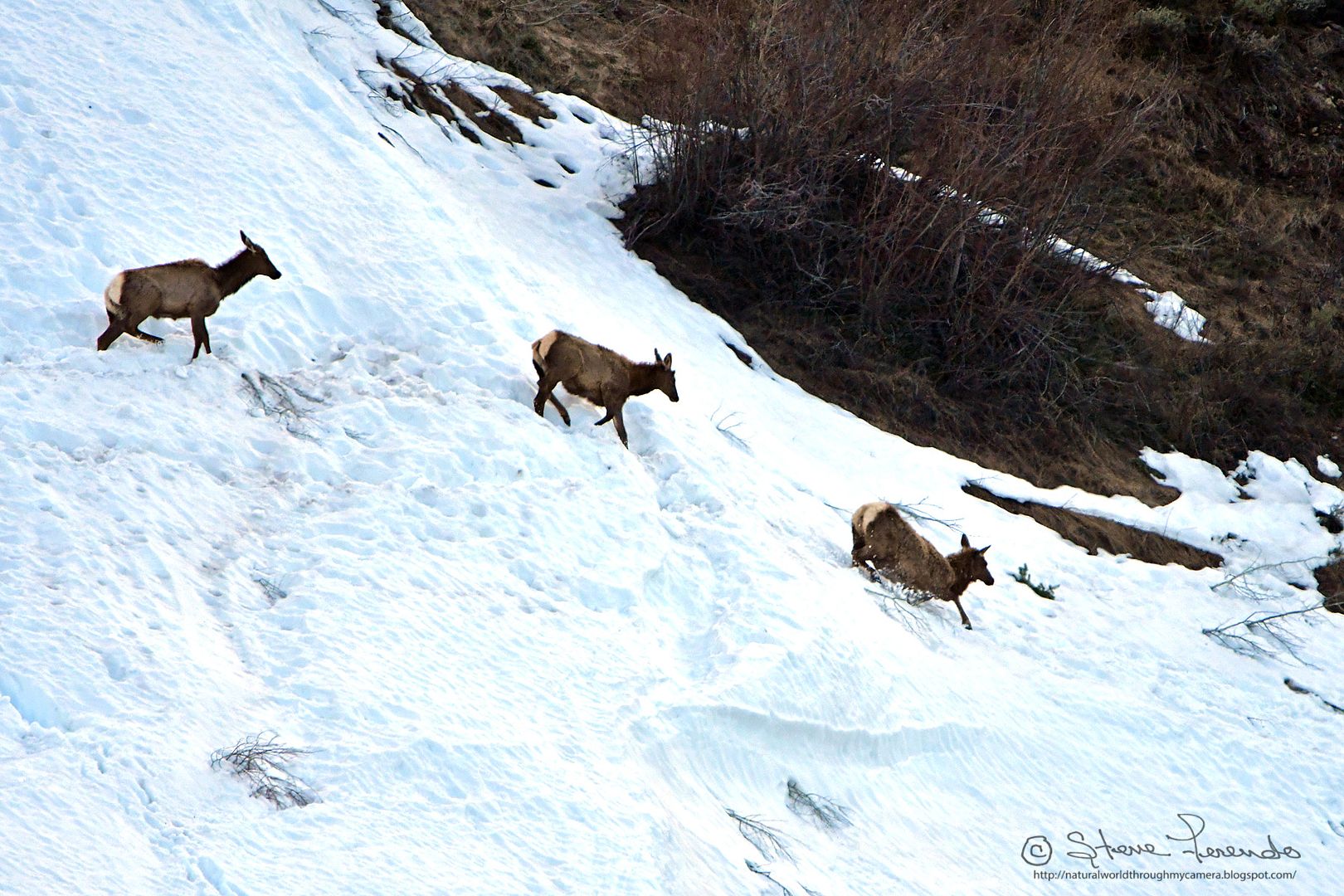
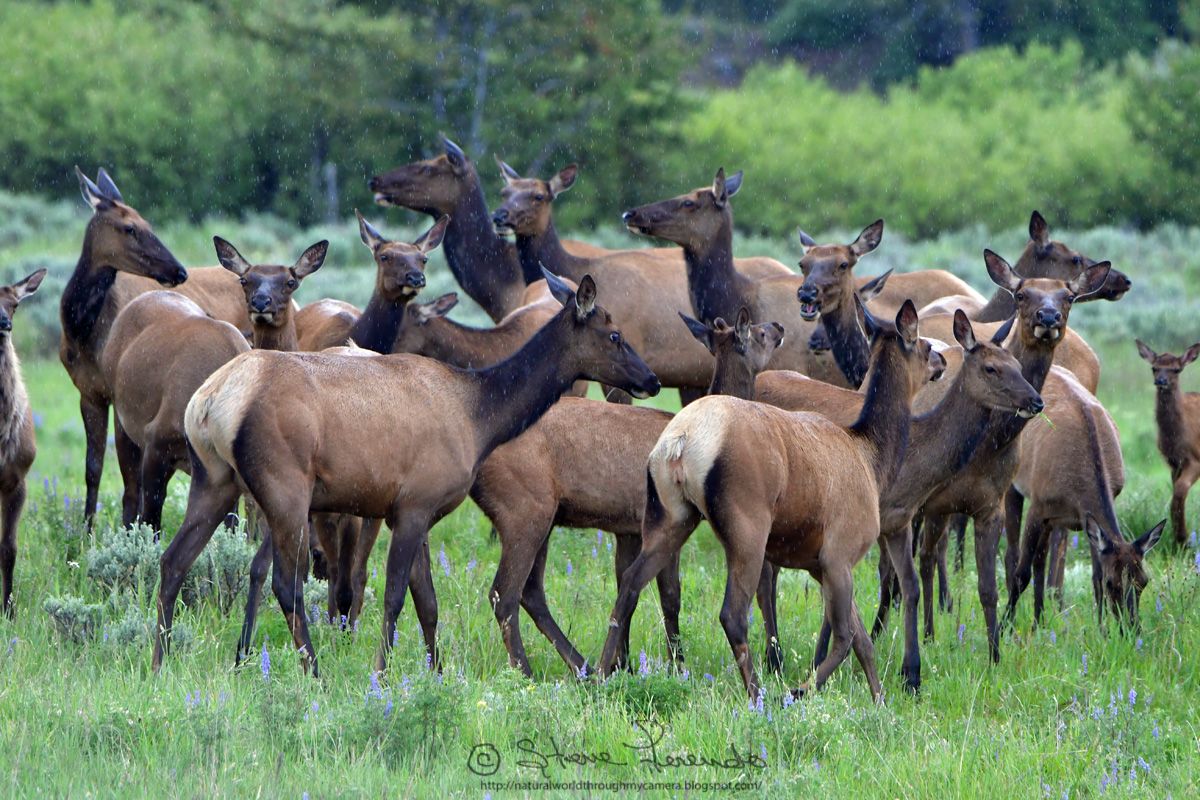
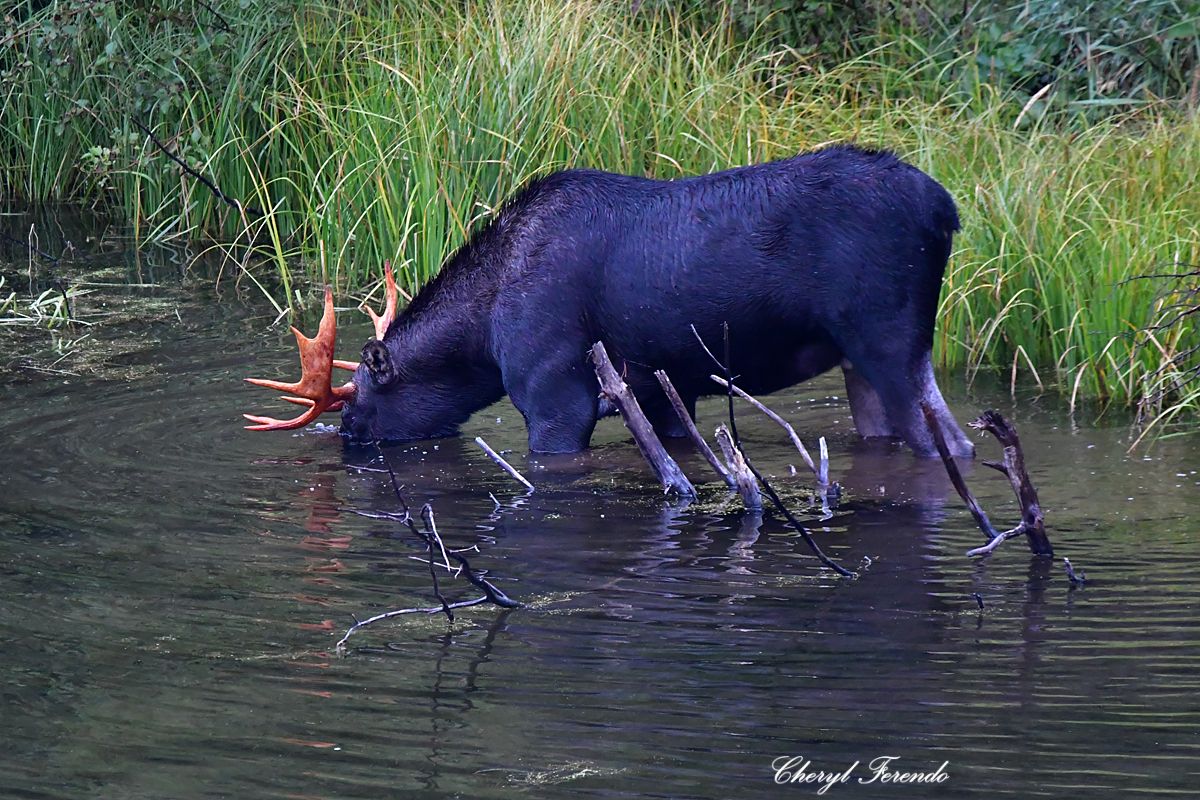
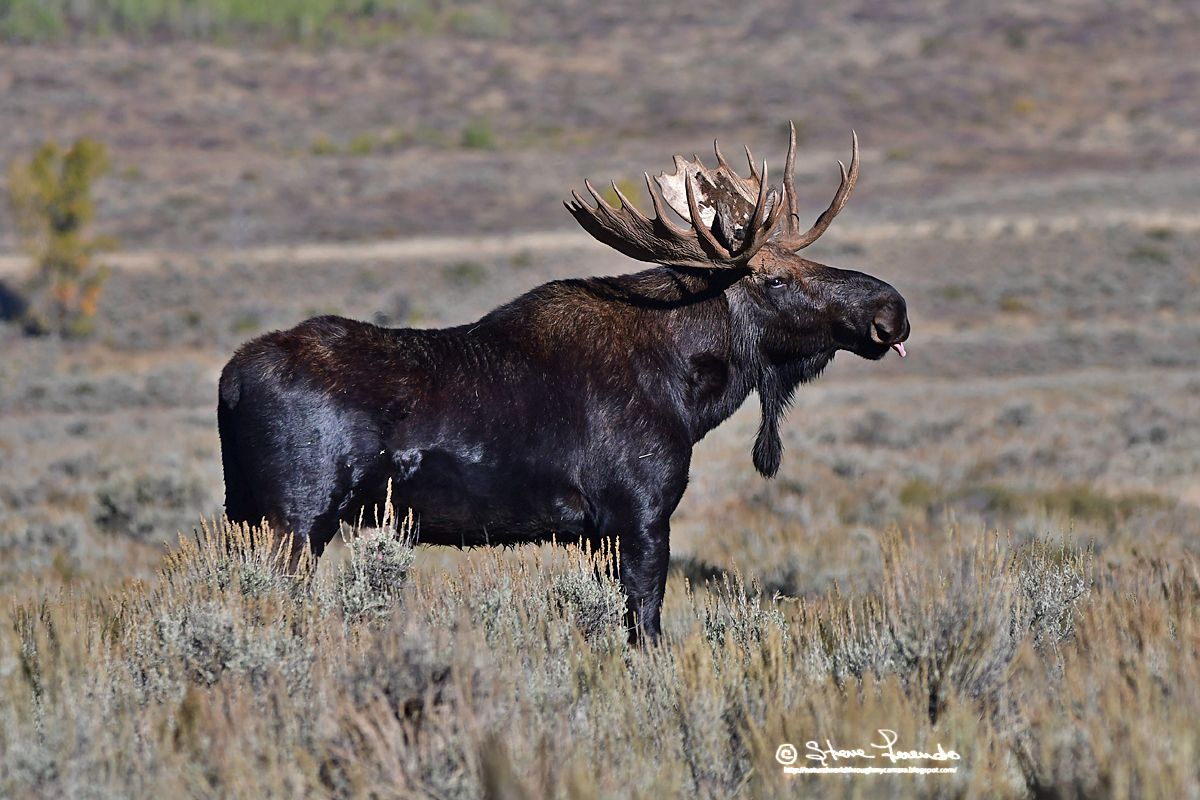
No comments:
Post a Comment
I sincerely enjoy comments from my visitors. I must ask that those wishing to comment understand that moderation has become necessary due to the nature of some comments left in the past...